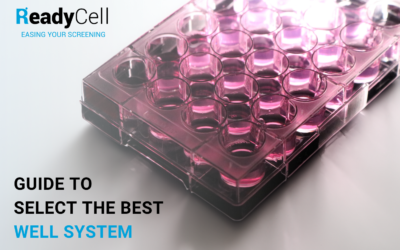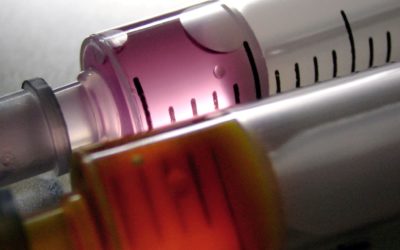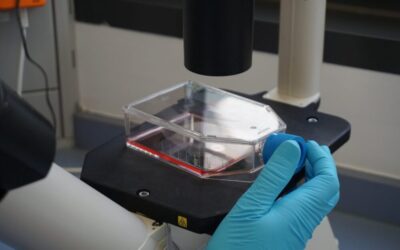Last month, the International Council for Harmonisation of Technical Requirements for Pharmaceuticals for Human Use (ICH) launched a draft on Drug Interaction Studies regulatory, the ICH M12. The aim of this document, preceded by the FDA’s 2020 guideline, is to create a standardized reference which can be used around the globe.
The guideline includes the regulations of the European, American and Japanese medical agencies (EMA, FDA and PMDA) and covers both in vitro and clinical drug-metabolizing enzyme and transporter-mediated drug-drug interactions.
Feasible regulated studies with Readycell
Regulatory agencies recommend the study of different transporters according to the pharmacokinetics or chemical structure of the compound. However, not all of them are required.
The following table shows the transporters ReadyCell express in its cell-based plates and the current recommended regulation.
| Substrate studies | Inhibition studies | |||||
| Transporter (ReadyCell Kit) | FDA | EMA | PMDA | FDA | EMA | PMDA |
| P-gp MDR1 (Preadyport) | Yes | consider | Yes | Yes | Yes | Yes |
| BCRP (PreadyPort) | Yes | consider | Yes | Yes | Yes | Yes |
| MATE1 (PreadyTake) | Yes, if active renal clearance is ≥25% systemic clearance | consider | Yes, if active renal clearance is ≥25% systemic clearance | Yes | consider | Yes |
| OCT2 (PreadyTake) | Yes, if active renal clearance is ≥25% systemic clearance | consider | Yes, if active renal clearance is ≥25% systemic clearance | Yes | Yes | Yes |
| OATP1B3 (PreadyTake) | Yes, if hepatic clearance ≥25% total clearance, or hepatic uptake is clinically important | Yes, if hepatic clearance ≥25% total clearance | Yes, if hepatic clearance ≥25% total clearance, or unknown | Yes | Yes | Yes |
What are the differences between the FDA and the ICH guidelines?
The new draft is essentially unchanged from the regulatory version of the old FDA report, as well as some of the recommendations of the EMA and the PMDA. There are, nonetheless, a few changes with respect to them:
- Transporter-mediated DDIs. Assay Systems: The ICH proposes membrane vesicles (SLCs) for the study of efflux transporter interactions.
- Transporter-mediated DDIs. Transporters: It is advisable to test MDR1 and BCRP as a substrate if the drug is administered orally, the target is the brain, or biliary and renal excretion are important.
- DDI assay with metabolites: metabolites need to be considered for potential DDI risk when, as a substrate, the target effect of a metabolite is ≥ to the parent effect.
References:
- ICH M12 Drug Interaction Studies, 2022
- FDA Guidance for Industry: In Vitro Drug Interactions Studies – Cytochrome P450 Enzyme- and Transporter-Mediated Drug Interactions, 2020
- EMA Guideline on Investigation of Drug Interactions, 2012
- PMDA Guideline on drug interaction for drug development and appropriate provision of information, 2018





